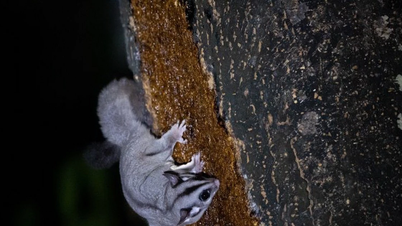On September 3, Australia's Commonwealth Scientific and Industrial Research Organisation (CSIRO) announced that scientists had identified a new virus in flying foxes, marking an important step forward in monitoring emerging infectious diseases.
The virus, named Salt Gully, was discovered in bat urine samples collected in Queensland. Researchers successfully isolated and cultured the virus in the high-security laboratory of CSIRO’s Australian Centre for Disease Prevention (ACDP) in Victoria. The virus, along with other dangerous viruses such as Hendra and Nipah, belongs to the henipavirus genus.
The World Health Organization (WHO) classifies henipavirus as a public health risk because it has caused serious outbreaks. However, Jennifer Barr, an experimental scientist at ACDP and lead author of the study, said there was no reason to raise alarm.
Research samples show that Salt Gully virus has been circulating in bats since at least 2011, with no evidence that it causes disease in humans or animals.
Initial laboratory studies show that the virus infects different cells than the Hendra and Nipah viruses, and the pathogenic potential of the new virus is unclear.
The discovery will allow scientists to develop diagnostic testing tools, increasing their preparedness if the virus spreads to humans or animals. The study was published in the journal Emerging Infectious Diseases of the US Centers for Disease Control and Prevention./.
Source: https://www.vietnamplus.vn/australia-phat-hien-virus-moi-co-nguon-goc-tu-doi-post1059716.vnp


![[Photo] Binh Trieu 1 Bridge has been completed, raised by 1.1m, and will open to traffic at the end of November.](https://vphoto.vietnam.vn/thumb/1200x675/vietnam/resource/IMAGE/2025/10/2/a6549e2a3b5848a1ba76a1ded6141fae)





































































































Comment (0)